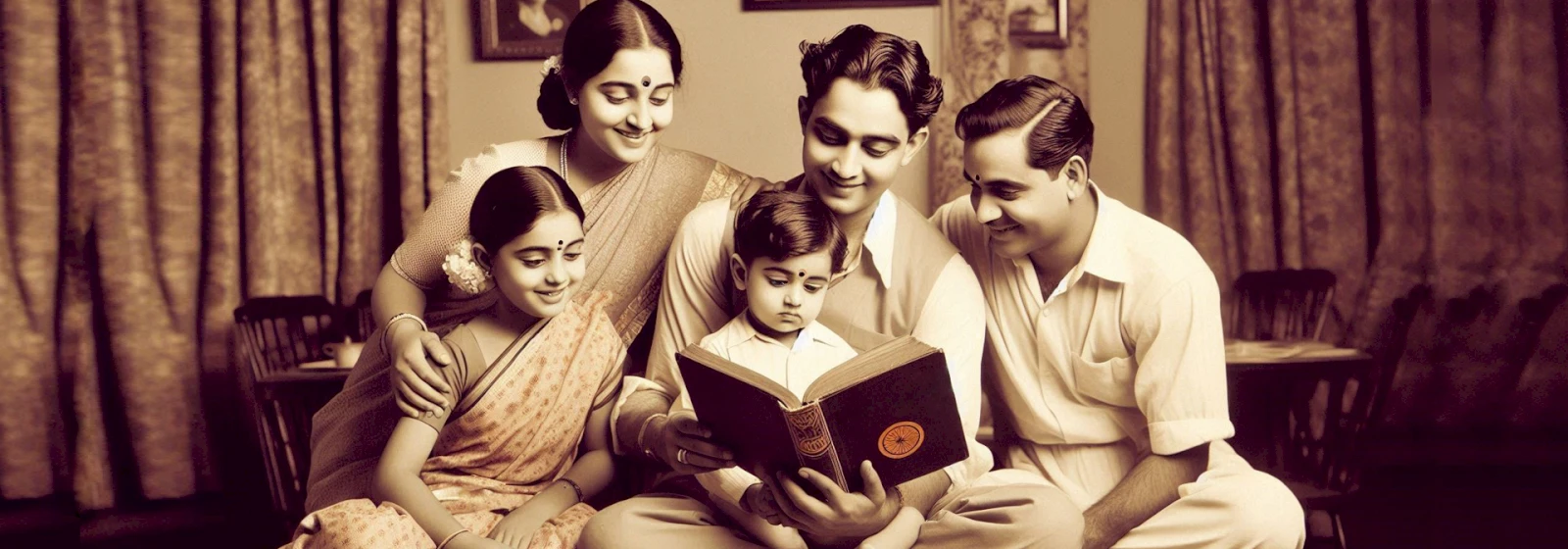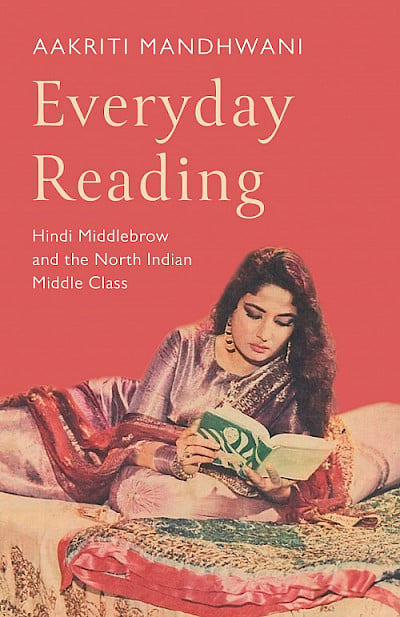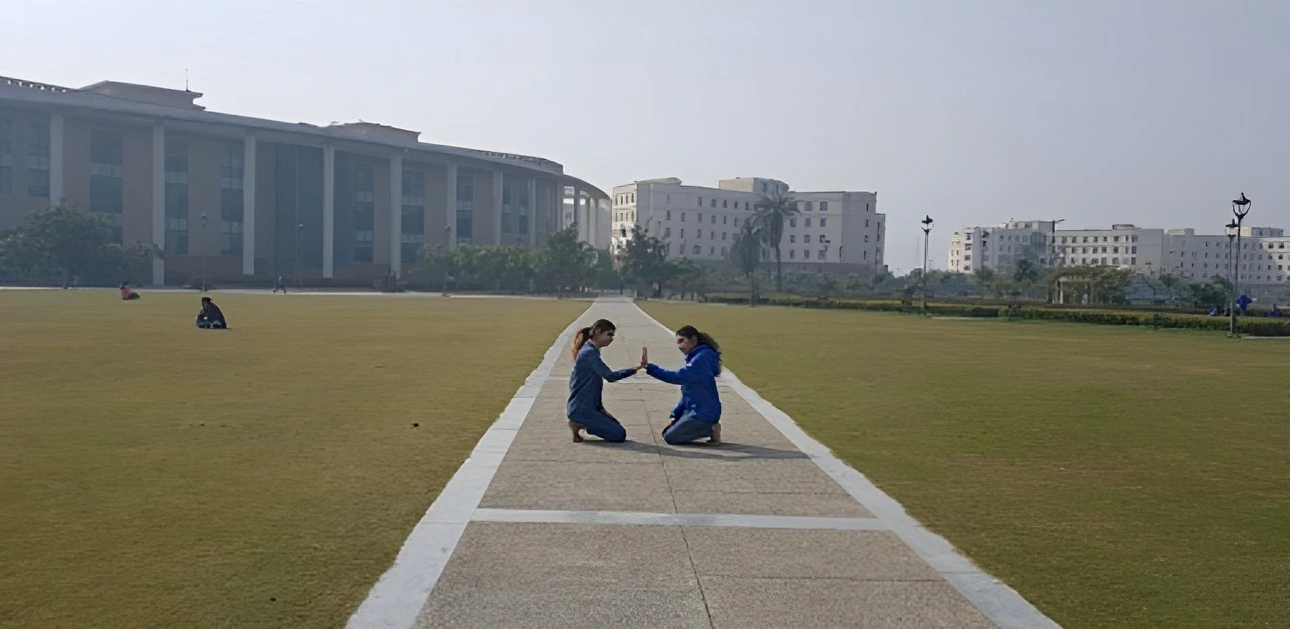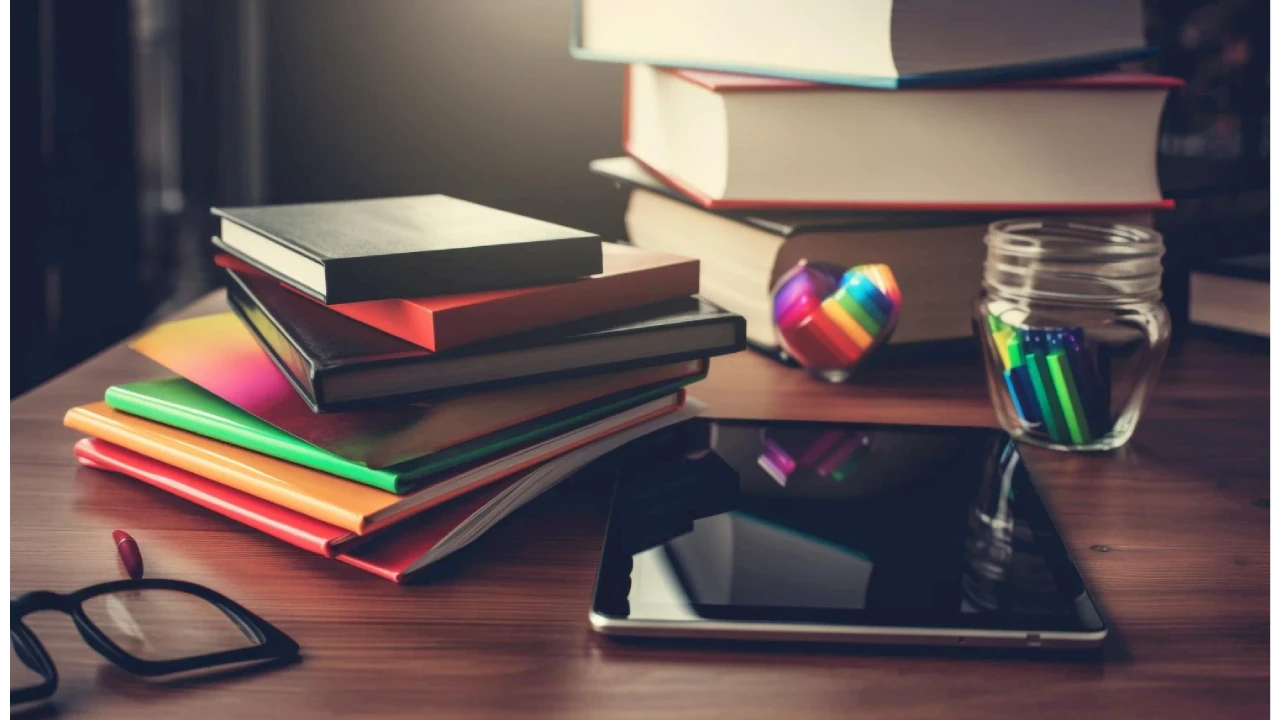Tracing Hindi print culture in post-Independence India

Editorial / November 04, 2024
During the two difficult decades immediately following Independence, a new, commercially successful print culture in Hindi emerged that articulated alternatives to dominant national narratives.
Dr. Aakriti Mandhwani, Associate Professor, Department of English, defines middlebrow magazines — such as Delhi Press’s Sarita — and the first paperbacks in Hindi — Hind Pocket Books — North Indian middle classes cultivated new reading practices, allowing them to reimagine what it meant to be a citizen.
Rather than focusing on individual sacrifices and contributions to national growth, this new print culture promoted personal pleasure and other narratives that enabled readers to carve roles outside of official prescriptions of nationalism, austerity and religion.
Dr. Mandhwani’s, ‘Everyday Reading: Middlebrow Magazines and Book Publishing in Post-Independence India. UMass Press (global edition); Everyday Reading: Hindi Middlebrow and the North Indian Middle Class. Speaking Tiger Books (South Asia edition), 2024, also tells the story of market-minded and astute publishers-editors who took the post-independence publishing world by storm.

While Bharatendu Harishchandra and Mahavir Prasad Dvivedi have been hailed as the makers of modern Hindi and the fashioners of the Hindi public sphere, the book instead highlights the overlooked role of the editor-publishers of the commercially successful middlebrow publications, towering personalities and entrepreneurs who dramatically widened the scope of the Hindi reading public.
Sarita‘s challenge to institutional Hindi could not have occurred without the multilingual editor-publisher Vishwa Nath of the Delhi Press, a veritable magazine activist. The ‘paperback revolution’ of Hind Pocket Books, with its unprecedented print runs, very much resulted from its editor-publisher Dina Nath Malhotra’s vision and influence.
The phenomenal reach of Dharmyug, surpassing even that of celebrated English-language publications of the Times Group, owed a great deal to writer Dharmvir Bharti’s move from Allahabad to Bombay.
Methodologically, Everyday Reading works within the disciplines of print history and the history of the book, which are interested in questions around the materiality of books, including texts of any kind that are written or digitised in any form, and the circulation and distribution processes by which books reach their intended—and often unintended—audiences.
Colonial print culture has many poignant stories to tell us about the formation of public opinion as well as the “recasting” of gender, religious, and even linguistic identities. Popular and nationalist journals show us that the pre-independence rhetoric of nationalism, collective service, and duty to an ideal beyond the family continued to hold sway until the 1940s.
For the period after 1947, we revert to literary studies, which are narrowly concerned with the focus on individual writers or literary movements and not on the infrastructure of publishing that provided the context in which writers operated, and readers read their work.
Utilizing a wealth of previously unexamined publications, Everyday Reading pays careful attention not only to key aspects of production in commercial Hindi publishing but ordinary reading practices as well—particularly those of women.
If the pre-Independence period produced a discourse of women as mothers, women as servants of the nation and women as subjects of feeling, how do we sharpen our understanding of women-as-consumers as readers and writers of spirited stories?
Everyday Reading focuses on these readers who, through their correspondences and contributions, inserted their voices and agency.
More Blogs

The Hawthornden Literary Retreat bestowed on Dr Sambudha Sen to complete the manuscript of a novel
Professor Sambudha Sen, Head of the Department of English at Shiv Nadar Institution of Eminence, Delhi-NCR, was awarded a residency at the...

The Power of the Moving Body
Movement is an innate bodily action that humans have been exhibiting for the longest time. Long before language was invented, the body was the...

How Does A Multi-Disciplinary Approach To Education Enhance Learning And Prepare Students For A Multi-Faceted World?
In today’s world, where businesses are changing almost every day, it is the responsibility of educational institutes to provide holistic...